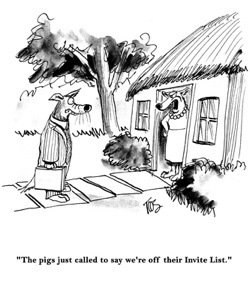Headwinds
 My preferred method of exercise is walking. It’s easy on the knees and it allows lots of time for reflection.
My preferred method of exercise is walking. It’s easy on the knees and it allows lots of time for reflection.
I used to run, and many years ago I made a personal discovery about me. When the headwinds were stronger, I upped my game, I would run harder into the wind. It wasn’t until much later that I discovered it was a pattern that permeated my entire life, not just my running.
Years before my discovery, I had a boss who observed, “You’re best when you are on a mission.”
So when I hit a headwind, I try harder. I’m sure I’m not alone.
The deeper discovery came on a walk the other day when I parsed the difference between a perceived headwind and an actual one.
I’m fairly good at spotting an oncoming headwind, but I’m not as quick to act on the perception as I am when it’s actually happening. Again, I’m sure I’m not alone.
What headwind is on the horizon that you’re not prepping for? It’s a question worth answering. It will reveal areas that need attention now rather than waiting for a gale force crisis to test your mettle.
Observe the gifted athlete who doesn’t practice much; they are the first ones to have a rapid, downward career spiral when their headwind resisting skills begin to erode. There’s an old golfing axiom that states, “A professional golfer who’s chasing pars is like a dog chasing cars.” Soon it will be over.
Congratulations if you are good in a crisis. Even larger kudos to you if you can spot one on the horizon and take the necessary action now so you can take some wind out of its sails.
There will be enough headwinds that you won’t see coming to test your skill level, but it’s the ones you can see and don’t prepare for that will erode your skills much quicker.
The key to turning a perceived headwind into a tailwind is to prepare for it now. That way the big bad wolf is less likely to blow your house down.
All the best,
John
VIRTUAL MASSAGEBe Sociable, Share!
